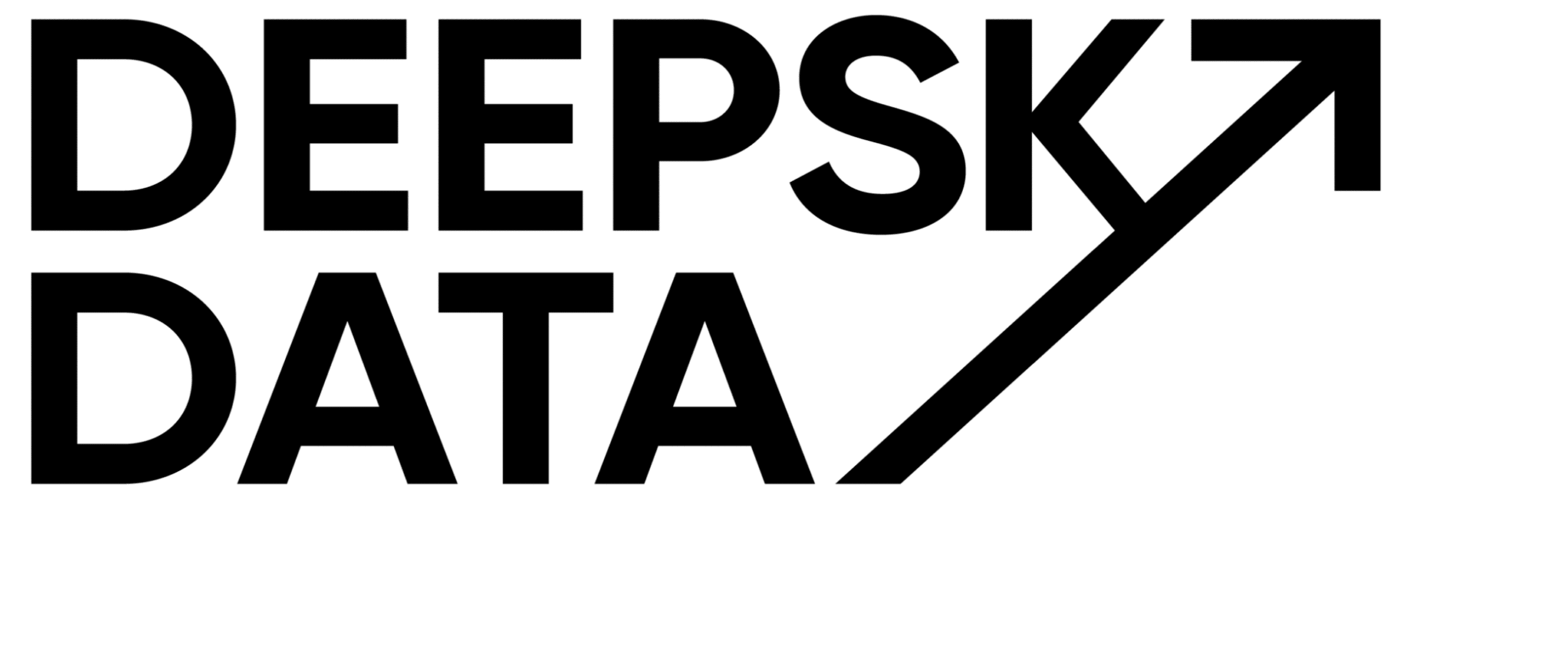How to introduce a new data product successfully
Dear Data-Traveller, please note that this is a Linkedin-Remix.
I posted this content already on Linkedin in February 2022, but I want to make sure it doesn´t get lost in the social network abyss.
For your accessibility-experience and also for our own content backup, we repost the original text here.
Have a look, leave a like if you like it, and join the conversation in the comments if this sparks a thought!
Original Post:
Plain text:
Buying or getting something new is very satisfying…
I just know few people who are not triggered by this.
It’s even more the time towards buying something that keeps us excited. Not every time when we finally get it matches the expectations we had before.
This time before I get somethings gives me the freedom to envision a better future, progress that I can get when I finally get this product.
It’s the same thing with data products & services. We follow some services for some time, we watch all their videos, we promote them internally to get some buy in – we are so sure that it will solve a specific problem just perfectly.
But when we finally get it, we have to learn that dreams are brighter than reality.
Each new product you introduce into your data stack means work, learning, promotion, adaption and maintenance.
Each new product has the potential to make things easier, deeper, faster or better in your company but usually you have to earn it. Some nice tools give immediate benefits but can cause problems when not managed properly (yes, Slack – looking at you). Others need work from day one.
To introduce a new data product successfully:
- write down your problems you want to solve and benefits you want to get before even testing a new product
- plan it like a product: objectives, forecasts, rollout (go to market) plan, trainings and usage metrics
- give ownership: assign one person or team to be the product owner; their objective is to drive testing & adoption – this person becomes the super pro of this product (can easily start a consultancy afterwards)
- incremental implementation for the win – test carefully if the new product is really capable to solve your problems, have a test group, roll it out in batches – use the opportunities to stop the implementation when it does not deliver what you need
And remember two things:
- each new product you introduce, pushes an existing one out of focus
- nothing arrives perfectly customized for your use case – you have to know your use case and then invest into customizing it.

